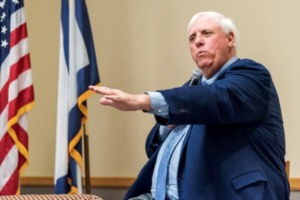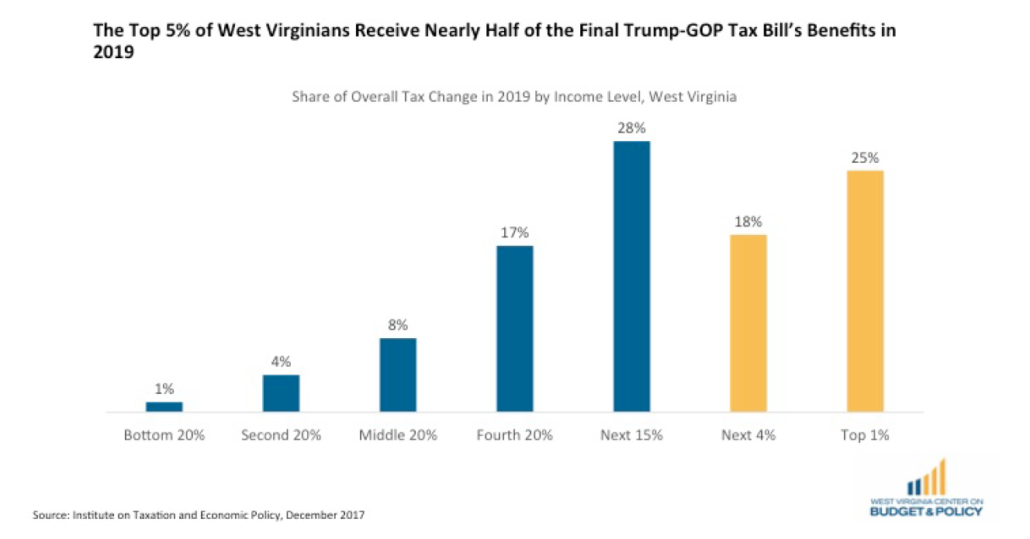The New Civilian Climate Corps
Immediately upon assuming office, President Biden issued an executive order addressing his climate objectives. Prominent among these was the creation of a Civilian Climate Corps to tackle climate change resiliency and provide job training to underemployed youth. The new CCC would be modeled on a popular New Deal program that put thousands to work on conservation projects during the Depression. From every angle the new CCC seems like a good idea, but its uncertain future is bound up with the stalled Build Back Better legislation.
The Depression-era program was known as the Civilian Conservation Corps, which ran from 1933 to 1942 and employed roughly 3 million young men. They were set to work fighting wildfires, building more than 100,000 miles of roads and trails, 318,000 dams and tens of thousands of bridges. They strung telephone wire where it had never been before. They dug erosion-control ditches on private land and helped farmers with other land conservation projects. Many of the fire towers, state park buildings and other structures built by the Corps are still in use.
The participants in the Depression-era Corps were overwhelmingly male, white and poor. A Time magazine article from the period described the 1938 Corps as 67% from “relief families” and another 29% from families “below the normal standard of living.” Only 11% had finished high school. Corpsmen were paid $30 per month, much of which had to be set aside either for dependents or to be drawn when the participants left the program. This whole scheme was enormously popular with the Corpsmen and the public. When back home the Corpsmen were treated as heroes.
The proposed new Civilian Climate Corps has a different name to reflect the needs of the present day. The focus would be on job training for careers in the conservation space for urban youth who don’t normally have opportunities of that sort. Biden proposes to spend a mere $10 billion on the new CCC, a small sliver of the proposed $1.75 trillion Build Back Better legislation. Pay would be $15 per hour plus health care and other benefits. The jobs would mostly be short-term, following the model of AmeriCorps. Perhaps 20,000 per year could be employed.
The new CCC would not become involved in politically charged climate issues. Its goals are noncontroversial and clearly stated in the executive order:
The initiative shall aim to conserve and restore public lands and waters, bolster community resilience, increase reforestation, increase carbon sequestration in the agricultural sector, protect biodiversity, improve access to recreation, and address the changing climate.
It is also unlikely to be a gap year for college kids from the suburbs. Rather it would recruit from lower-income families and communities of color.
While the new CCC is not overtly designed to reduce political polarization, that would be a welcome byproduct. The racial integration of military units during World War II and Korea, while not complete or perfect, went far better than critics thought it would. It was largely responsible for a greater general acceptance of integration in later decades. In 2006 a meta-study of over 500 studies in thirty-eight countries revealed strong evidence of the power of simple contact to reduce prejudice among groups. Proponents of national service have recognized its power to serve as a binding agent and catalyst for democracy. Our racially and politically polarized society could use a dose of this. Instead, we sort ourselves into like-minded communities.
We are so polarized now that even the name Civilian Climate Corps causes opposition to the initiative. In October 2020, when the name was still Civilian Conservation Corps, 44% of Republican voters said they “strongly supported” the idea and 40% of Republican voters “somewhat supported” it. In April 2021, after the initiative was renamed the Civilian Climate Corps, just 11% of Republican voters “strongly supported” and 33% “somewhat supported” it. In a floor speech in the fall of 2021, Senate Minority Leader McConnell said the new CCC was “pure socialist wish fulfillment” and called it a “made-up government work program . . . for young liberal activists.”
Government cost accounting and revenue projections are often hard to penetrate and surely must be taken with a grain of salt. But since the new CCC would operate on a model similar to AmeriCorps, return on investment from that government program offers a clue of what to expect from a Civilian Climate Corps. The federal ROI for AmeriCorps and similar programs at the national level is 3.5. That means that for every dollar spent on these programs the federal government alone receives $3.50 in returns from tax revenue gains and savings. The federal cost-benefit ratio, calculated differently, is 17.3. That means for every dollar spent on AmeriCorps and similar programs the return to society, program members and the government is $17.30.
Biden’s executive order directed the Interior and Agriculture departments to design the new CCC initiative “within existing appropriations.” How this could happen is unclear. These departments were to have submitted a strategy report by April 2021, but that report is overdue. Without financial support through the Build Back Better Act, or some other specifically targeted legislation, this worthy program is unlikely to get off the ground. And without support from West Virginia Senator Joe Manchin, Build Back Better cannot pass the Senate.



